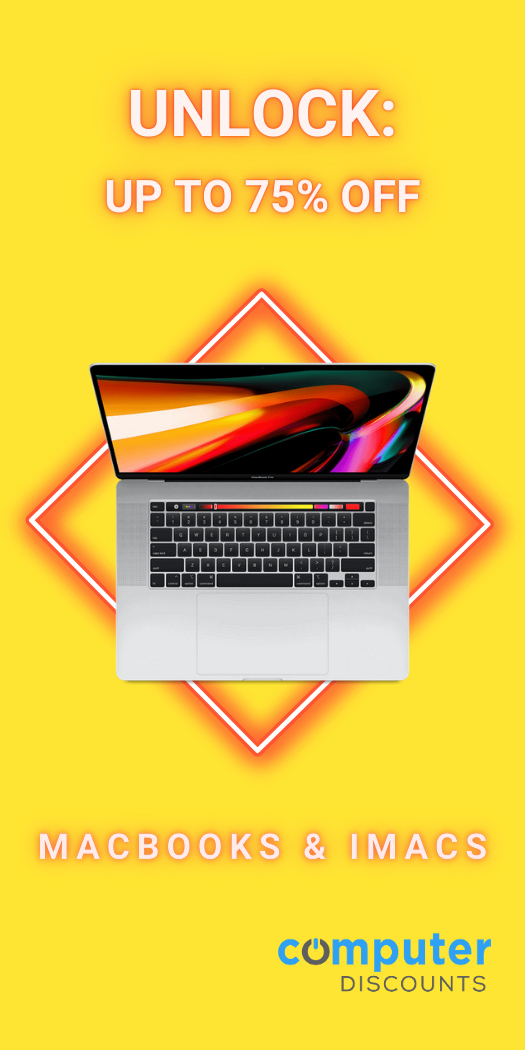Chromebooks are a type of laptop created by Google and powered by Chrome OS, an operating system based on Google’s popular web browser. Unlike traditional laptops which mostly run Windows or macOS, Chromebooks are limited in the types of applications they can run and typically rely on cloud-based services for most of their functionality. The biggest question many people have about Chromebooks is whether or not they can run Windows.
What is a Chromebook?
A Chromebook is a type of laptop computer that offers a different computing experience from the traditional Windows and macOS options. Since 2011, these lightweight laptops have been running Linux-based Chrome OS instead of Microsoft or Apple’s standard operating systems. This makes them perfect for users who do most of their work in a browser as they are designed to optimise web-centric workflows rather than heavy computing.
Chromebooks come with plenty of app support, but their focus is on connecting users to the web and enabling lighter workloads rather than providing the power of full Windows PC or Mac device. They are perfect for those who only ever need to do tasks that run primarily in web browsers such as researches and email applications, without skimping on cloud storage space, multimedia options and casual gaming capabilities. Besides being incredibly affordable, they also provide excellent battery life, letting users take their device with them wherever they go without worrying about recharging too often.
Do Chromebooks Have Windows?
Chromebooks are gaining popularity due to their portability and prices. Despite their growing popularity, many people still ask the question: Do Chromebooks have Windows? The answer is a simple no. Chromebooks actually run on a Linux-based operating system called Chrome OS, which is different from Windows.
Chrome OS gives users all the basic features such as web browsing, document editing, photo/video viewing, games and more. It also allows users to install both Android and Linux apps. However, while it is similar to Windows in some aspects, it is not compatible with any Microsoft programs. To use Microsoft applications such as Word or Powerpoint, you will need to run them through an external service like Google Workspace or Office 365. Chromebooks can be great for casual computing needs but cannot replace the operating system of a traditional laptop or computer that uses Windows or Apple’s macOS.
What is Chrome OS?
Chrome OS is a Linux-based operating system powered primarily by Google’s Chrome browser – a widely-used, user-friendly tool for accessing the web. This means that with Chrome OS, users can carry out all of the same tasks via Chrome that they would on Mac or Windows, but with simpler operations. Furthermore, due to recent changes and advancements, Chromebooks are now compatible with various Android applications and some even offer full Linux desktop software support. Therefore, using a Chromebook is really not limited to just browsing the web; you can play games through Android apps, use productivity solutions like they would on Windows or Mac and have access to a variety of other applications at your disposal.
In conclusion, while Chrome OS will never possess the complete desktop software portfolio of macOS or Windows PCs, it has grown in leaps and bounds to become an excellent alternative for users looking for a less crowded workspace with greater simplification for everyday tasks such as emailing and web browsing. With more solid support for both Android and Linux applications than ever before, Chrome OS is definitely deserving of attention from savvy tech users who want to enjoy its many advantages.
Is Windows compatible with Chromebooks?
Running Windows on a Chromebook is not the most ideal situation, as Chrome OS laptops tend to have lower storage capabilities than their Windows counterparts. This makes them less than perfect for running heavier programs like Windows. However, there are some exceptions to this nowadays with high-end Chromebooks and gaming Chromebooks that can handle the demand of running Windows. It’s worth noting that the process of installing Windows onto a Chromebook is far from simple and carries with it risks of damaging your device or potentially voiding out its warranty if you don’t choose a compatible method. As such, it’s best to do research on more favorable methods such as those most commonly used by professional developers who install multiple operating systems on the same machine. In short, while it can be done, it may not be wise unless you are aware of all the steps necessary and understand all the risks involved in attempting this.
What sets Chrome OS apart from Windows?
Chrome OS and Windows are two popular operating systems with very different functionalities. Chrome OS is a lightweight, browser-based system made by Google that is typically used for lighter workloads. Because it’s based on the Google Chrome browser, applications are generally run through the browser or through specialized tools like Google Docs, Sheets, or Slides. It is not capable of using traditional hardware like processors, graphics cards, or optical drives. This means that tasks such as word processing and basic gaming are perfect for a Chromebook but heavier workloads such as video and photo editing, 3D modeling or other intensive tasks require more horsepower than Chrome OS can provide.
Windows, on the other hand, is a heavy duty operating system designed to handle high levels of processor power and graphical horsepower. It allows users to use more advanced hardware components such as graphics processors and installs software from various sources including global companies in addition to the Microsoft Store . Windows 10 runs many applications natively that operate outside of a web browser so it is better suited for more complex projects such as 3D modeling, photo retouching and programming languages which require large amounts of RAM or file storage space.



